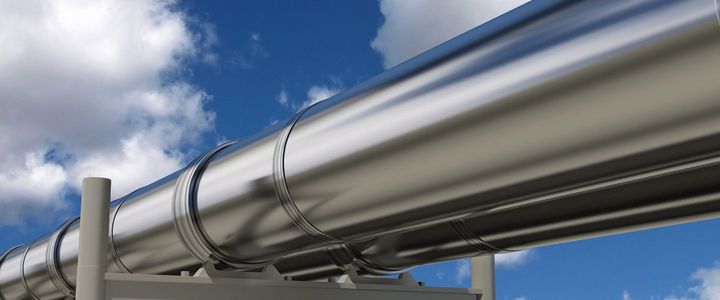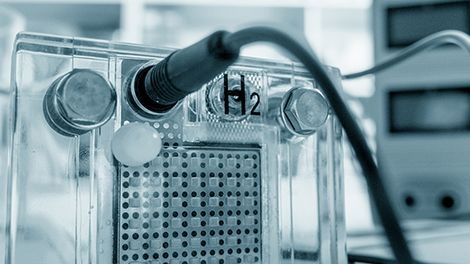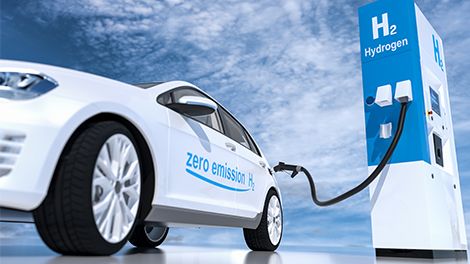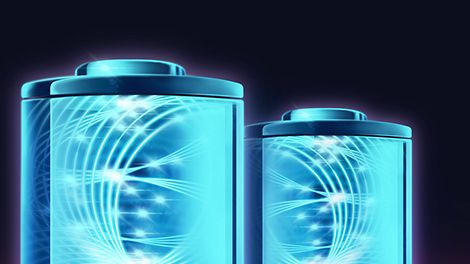Building a national hydrogen grid with hydrogen pipelines
The planned expansion of production capacities in the area of green hydrogen makes solutions for the storage and transport of hydrogen (H2) imperative. The gas infrastructure in Germany has the greatest potential in this respect. In addition to the construction of a dedicated hydrogen grid consisting of hydrogen pipelines, the utilization and rededication of the existing gas network is the subject of intensive research. This involves both the suitability of materials and the development of suitable standards and safety regulations as well as national and international regulations. A phase is foreseeable in which the existing gas network can also make a gradually growing contribution to decarbonization and the successful coupling of the industry, mobility and heat sectors.
Hydrogen is a topic with many facets - from production, transport and storage to use. With our expertise, know-how and many years of experience, we are an independent partner for safety and security by being able to test, inspect and certify various aspects of hydrogen technology.
Hydrogen pipelines in Germany
For industrial consumers who draw a large part of their energy needs from natural gas, such as the steel and chemical industries, connecting to a hydrogen grid offers the possibility of phasing out fossil fuels. In the Ruhr area and in the Central German chemical triangle, large hydrogen pipelines have already existed for decades and are used by industry. The corresponding know-how is therefore available. The hydrogen pipeline in the Ruhr area is the longest dedicated hydrogen pipeline in Germany. This 240 km long hydrogen pipeline stretches from the Marl Chemical Park to Castrop-Rauxel and Leverkusen.
In the Central German chemical triangle (around Bitterfeld, Schkopau and Leuna), 3.6 billion m³ of hydrogen are needed annually. Here, various hydrogen pipelines have a combined length of 150 km. In addition, there is a 30 km long hydrogen pipeline in Schleswig-Holstein from Heide to Brunsbüttel. The hydrogen pipelines in the Ruhr area and in the Central German chemical triangle are now part of the plans to create model regions for a green hydrogen economy - from production to storage and transport right through to use in various sectors.
Hydrogen pipelines: use of existing gas networks
The construction of a dedicated hydrogen grid by building new hydrogen pipelines involves a high investment. One way to reduce costs is to use or rededicate existing gas pipelines. The suitability of pipelines, compressors, fittings, etc. for the transport of gases with a high hydrogen content is the subject of comprehensive investigations - for example on hydrogen embrittlement, fracture toughness, corrosion or the modification of Ex zones. The latter are areas in which explosive atmospheres can occur. The knowledge gained is used to derive maintenance and safety concepts. Together with new standards to be developed and regulatory framework conditions, they will enable the operation of rededicated gas pipelines. In this context, the Association of Transmission System Operators for Gas (FNB Gas) has published plans for the hydrogen grid "H2-Startnetz 2030". These envisage the construction of a 1,200 km long hydrogen grid based on the existing natural gas network. Of this, only 100 km would have to be newly built. At the end of 2022, the first gas pipelines are to be converted.
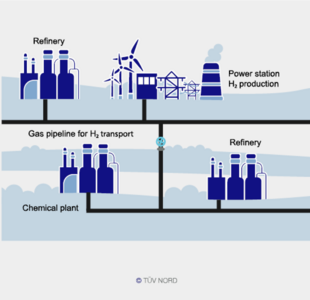
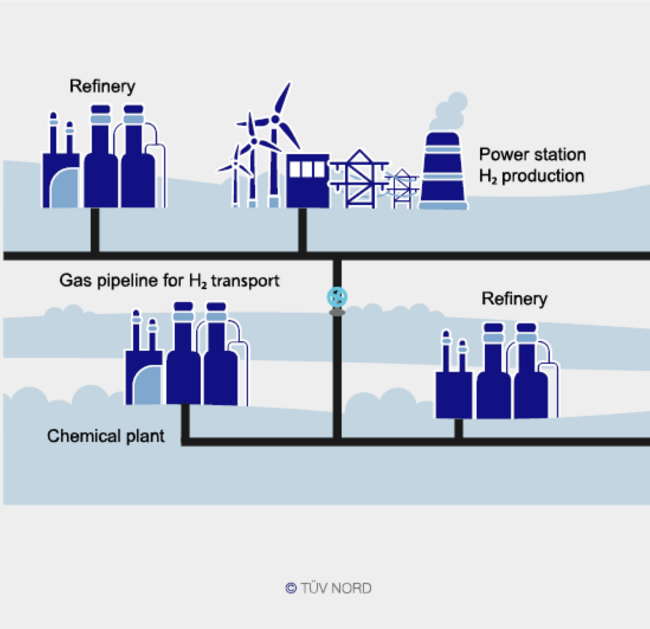
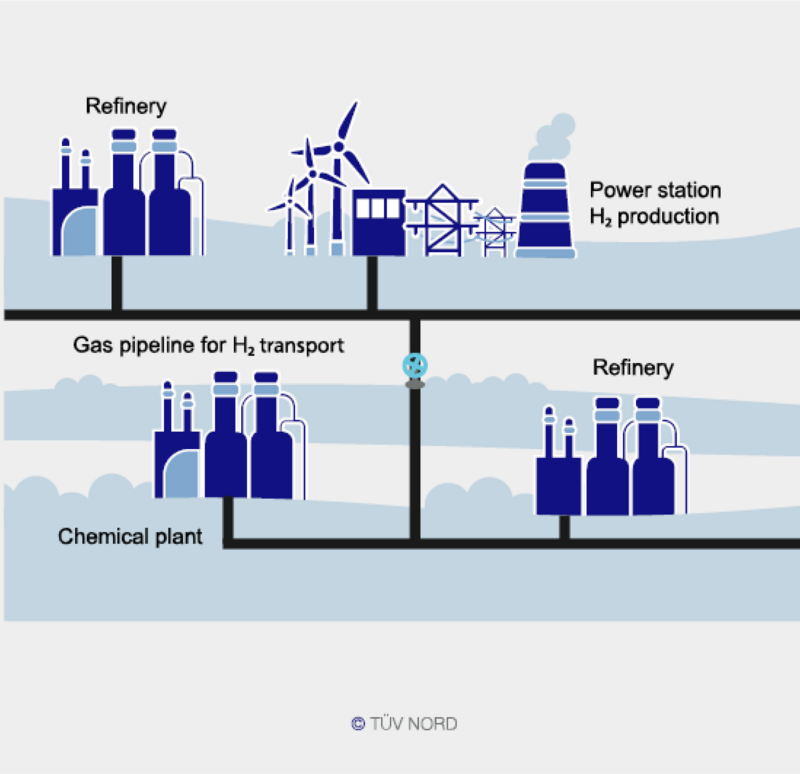
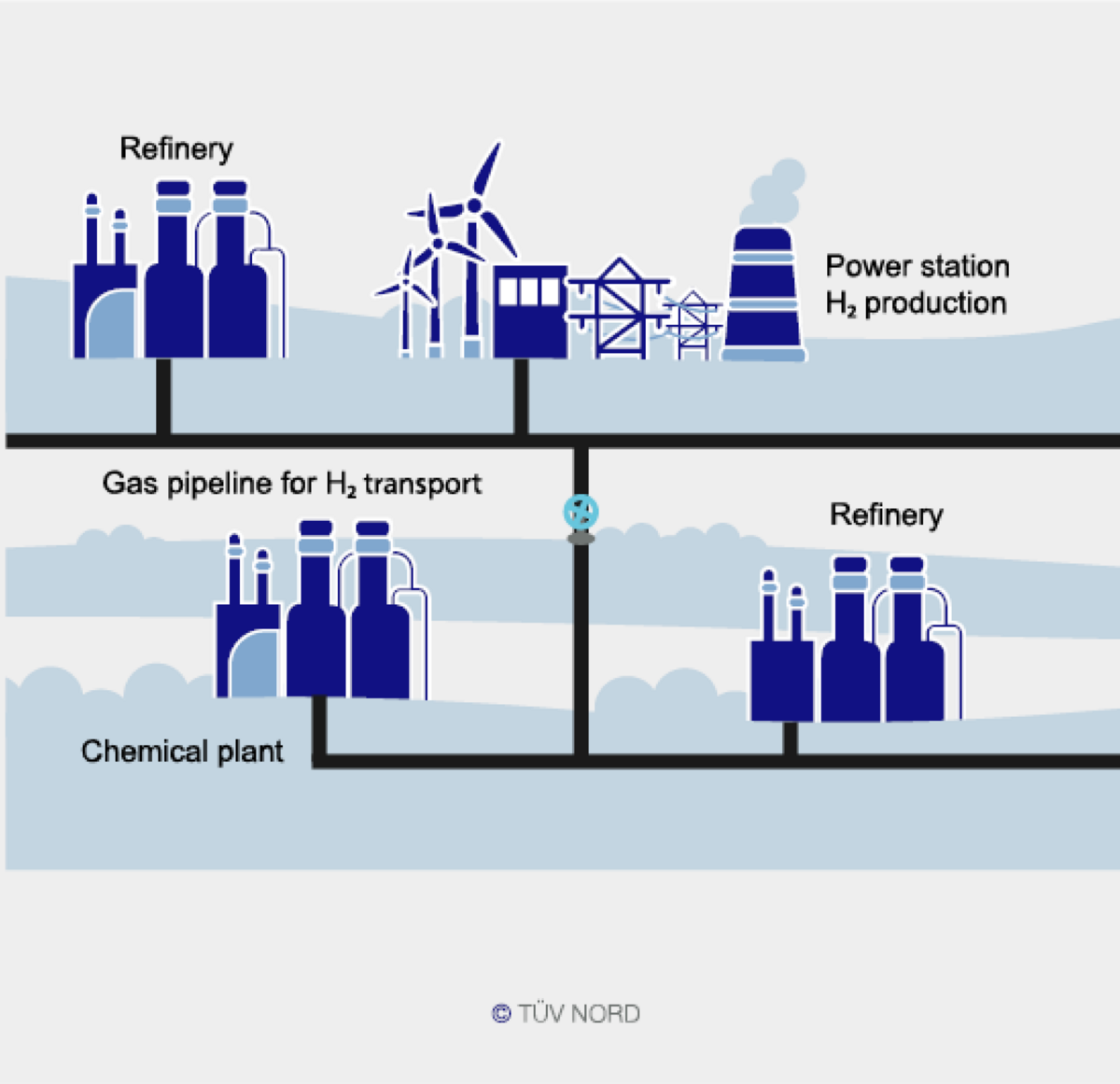
The idea of developing the future hydrogen grid from the existing gas network is fed by the planned switch from L-gas to H-gas in northwest Germany by 2030. The difference between the two types of gas is that H-gas (high calorific gas) has a higher methane content than L-gas (low calorific gas) and therefore releases more energy. This conversion is being carried out as part of the "GET H2 Nukleus" project, which is part of the "H2-Startnetz 2030". This will make it possible to modify pipelines previously used for the transport of L-gas. This will create the basis for a hydrogen grid which, in addition to transporting green hydrogen within Germany, will also facilitate its import from abroad, for example from the Netherlands. In order to help promote the development of this hydrogen grid, TÜV NORD Group is supporting the rededication of a natural gas pipeline in the Ruhr area for operation with hydrogen.
First publicly accessible hydrogen grid in Germany
The concrete goal of "GET H2 Nukleus" is to establish the first hydrogen grid in Germany that is publicly accessible. This means that all companies that produce or feed in hydrogen, as well as all customers, have the right to access the hydrogen grid without discrimination and at the same prices. This is already the case with the natural gas network. The planned hydrogen grid will stretch from Lingen to Gelsenkirchen with a length of 130 km. With 118 km, by far the largest part of the hydrogen network consists of transformed gas pipelines. The remaining 12 km are a partial new construction for the connection of the Marl Chemical Park with a refinery in Gelsenkirchen-Scholven.
Towards a new gas infrastructure for a hydrogen grid
Today, Germany's gas networks already transport biomethane (CH4) and hydrogen as admixtures in proportions that vary from region to region. In light of the goal of achieving greenhouse gas neutrality in 2050, the entire German gas network will be included in a transformation process in which fossil natural gas will be almost completely replaced. In the process, a new gas infrastructure for green hydrogen as well as for synthetic methane and biogas is being created in line with the National Hydrogen Strategy. In addition to their function as a transport system, gas pipelines also offer the advantage of serving as flexible storage facilities. Unlike electricity grids, where the amount of energy fed in and out is always constant, gas networks can buffer large amounts of energy. Thanks to the range of pressures at which hydrogen pipelines operate, excess capacities can be fed into the grid and withdrawn again as needed.
A network of hydrogen pipelines for Europe
In the position paper "European Hydrogen Backbone" (2020), a management consultancy and eleven natural gas network operators outline the vision of a Europe-wide hydrogen grid. Here, too, the year 2030 is to be the decisive milestone: By then, ten European countries will be connected by a hydrogen grid - Germany, France, Italy, Spain, the Netherlands, Belgium, the Czech Republic, Denmark, Sweden and Switzerland. In addition to rededicated pipelines for natural gas, new hydrogen pipelines would also be added so that the existing pipelines can be connected.
In the position paper, the experts aim for a hydrogen network of 6,800 km in length by 2030. Around 75 % of this grid should consist of the converted natural gas networks, the remaining hydrogen pipelines would still have to be built. In a second paper (2021) on the planned hydrogen grid across Europe, a total of 21 European countries are considered. While the first position paper assumes a European hydrogen grid of 23,000 km in 2040, in the second version it is already 39,700 km. This is related both to the additional countries and to an accelerated expansion of the infrastructure in the countries already considered in the first paper. In total, the European hydrogen grid would consist of 69 % rededicated natural gas pipelines and 31 % new hydrogen pipelines.
